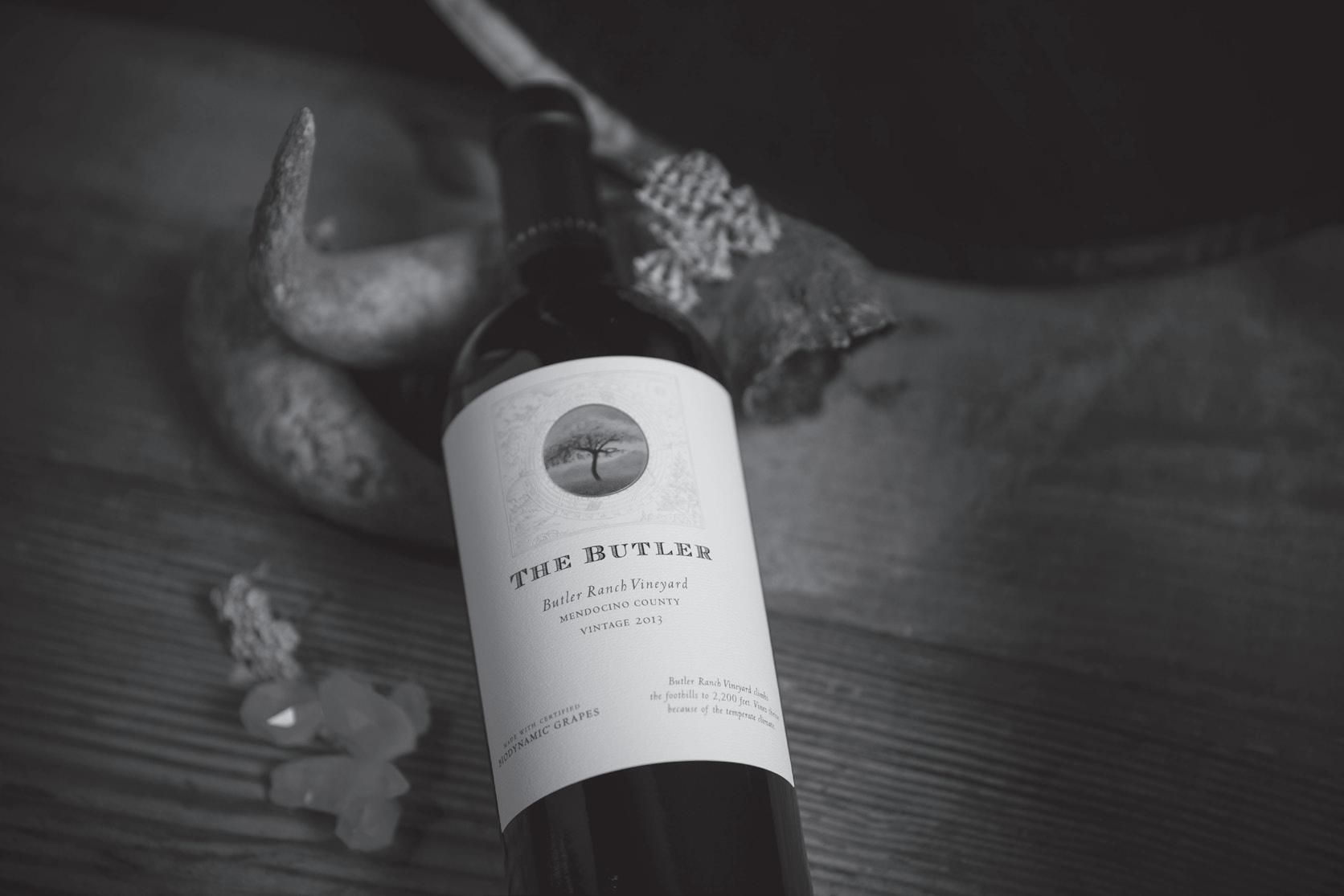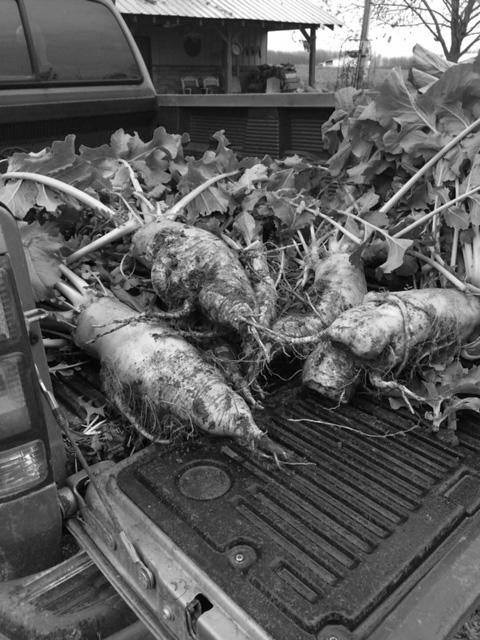
9 minute read
TWENTY-ONE YEARS OF NOTES FROM OUR FARM WHAT WE’VE DONE, WHAT I’VE LEARNED
PHILIP LYVERS
For the last twenty-one years, our farm has gone from conventional to conventional and organic, to conventional, organic, and biodynamic. I have taken the outline of the records and broken them down into three intervals of seven years ( 3 x 7 = 21).
The first seven years, starting with 1998 and going through 2004, saw plenty of changes. My daughter and son came back to the farm. We increased the sow herd from 300 to 600 sows. We built the entire infrastructure for this expansion, plus added more land. We began moving away from soluble fertilizer to organic; because of the manures, we could. Hog prices dropped to 13 cents per pound on some of the first hogs sold from the expansion. Looking for ways to cut costs, we started pulling antibiotics. We have never gone totally organic. Because of the slope of the land, we have to practice no-till, so we use chemicals to control weeds. Our yield on corn for this period averaged 154 bushels per acre. We also started testing manures for fertility in farrowing, gestation, and finishing in 2000.
This gave us a means work out how much to apply per acre. Quality of grain was good over all. In 2003, we started spraying preparation 500 and using the compost preparations in the manure pits and compost piles. The first preparations we used were obtained from the Josephine Porter Institute (JPI), then we started making all of the preparations ourselves for future application. In the second seven-year period, from 2005 through 2011, we used the preps as recommended. We applied the 500 on crop acres through a tea machine and flow forms onto the soil. Later, when corn was over forty inches tall, we applied the 501, one-half teaspoon per acre, with a mist blower. Corn only yielded 71 bushel/acre. It matured and dried down 15 to 30 days early. Quality was not good. Fungal disease destroyed the corn. We did the same thing in 2006, and the yield was better but we had some problems with maturity and quality. We didn’t try the third time, but we did start using preparation 508, horsetail fermented, because we felt we needed silica even though it was a different form. Corn still did not yield, the quality was a little better, but it still matured too fast. During these seven years, we pulled all the soluble fertilizer and used manures and cover crops for fertility. The soil had to adjust to a different system. We had a hard time getting stands of corn and cover crops. We were using peppers of mice and weeds that didn’t seem to
work and the quality of the grain was not good. We had also pulled all antibiotics out of the feed for hogs, plus wormers on market hogs and all vaccines, so the quality of feed was very important. During this period, we also tried to use preparation 501 on corn when it was very small and on bare soil. From this, the only detectable results were negative. We were still using preps in the pits. Here, we could see results. Testing manure before
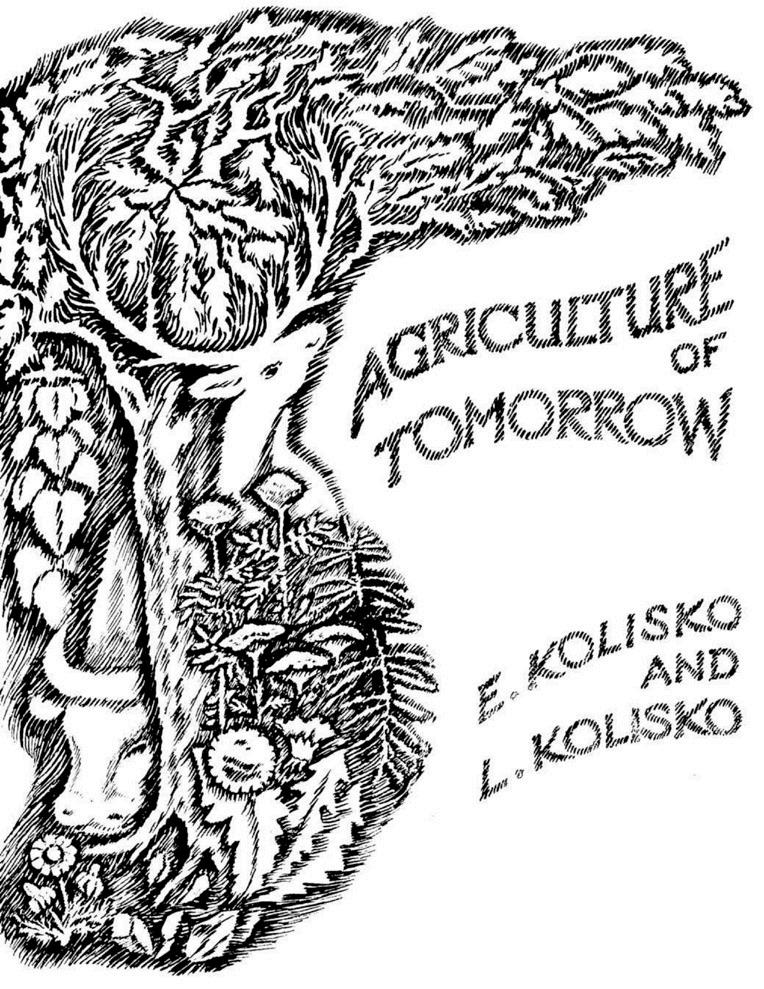
using the preps and after, we got increased phosphate and nitrogen levels plus most other elements. The manure broke down better and was easier to pump and spread. Smell was reduced. Solids in the bottom of pits broke down. But using the 500 and 501, we could not see anything, or if we did it was negative.
THE LAST SEVEN YEARS
The last seven-year period, from 2012 through 2018, we began to really question how we were using 500 and 501. I felt they were fundamentally related to the archetypal polarities—cation/ anion, male/female, positive/ negative. They needed to work together, not separately. In 2012, we applied them together on 227 acres, directly on the soil. We had no rain in June and extreme temperatures in June and July. Therefore, very little pollen was available to pollinate the corn. It finally rained at the end of July; the corn shot new ears but no pollen. Despite all the corn endured, it still looked healthy and was trying to produce, but did the 500 and 501 together help or was it part of the problem? I put the 500 and 501 on the soil in the fall, not together. Yields increased some, stands were better on cover crops and corn, but was it due to the 500 and 501?
In the fall of 2014, we applied 500 and 501 together on 450 acres. In 2015, corn made 173 bushels/ acre, stands were excellent, quality was really good, and we were getting better control of the Johnson grass. Everything seemed to be working better. Since I started spraying preparations 500 and 501 together in the fall, I can now say I see the subtle working on the dense “phenomena”: higher corn yields, better quality plants that adjust well to dry weather, do not mature too early, and are less prone to disease.
PEPPERING
Beginning in the second seven-year period, I began experimenting with peppering as a means to control Johnson grass. The pepper that I made in 2006 and 2007 never seemed to help. The Johnson grass plant had been changing because of the way we farm and I had not changed or made pepper to adjust to this. In 2013, I made new pepper and added to the old. I then began to see results. The genetic base of seed can be quite variable in the soil, so the pepper needs to be also. Now, I make new pepper every year to add to the mix.
ONGOING STUDY
Studying the scientific work of Eugen and Lili Kolisko in their important book Agriculture of Tomorrow, I learned of the “smallest entities” in agriculture, light and warmth, humus and darkness, first leaf and second leaf growth, node length, etc., and I expected to see results similar to theirs after applying preparations 500 and 501. Lili Kolisko was given the responsibility by Rudolf Steiner to conduct research into the preparations. Lili Kolisko’s research shed much light on how the preparations work, but financial support for this research slowly dried up in the years following the death of Steiner. Truly adequate research on the preparations has not really been done as far as I can tell, but Kolisko’s work gives a lot to start and work with. She found that silica, added to the soil in small amounts, brought warmth and light to offset darkness and also brought humus into the soil. So where do I take this? In November 2015, our teacher gave me a copy of Sefer Yetzirah: The Book of Creation. Through studying this text and, later, the writings of Dion Fortune, I gained a deeper understanding of the preparations and where Steiner brought them from.

The six compost preps are formative forces. They match the formative aspects of the Tree of Life. The 500 and 501 correlate to the creative aspects (500— female, form, Saturn, life and chemistry, darkness; 501—male, warmth, light, zodiac, force). The two come together at Datt on the Tree of Life, bringing the unmanifested to manifestation. We are creating a being that oversees the plant world on my farm, and bringing together form and force. The etheric forces — chemistry, life, light, and warmth—create matter. I was crudely applying at one half teaspoon, 200 times what Kolisko recommended at the 6th potency. Kolisko’s work shows that using dense on dense allows very little to happen. That is why microbes have become so important. The more diluted, the more subtle, the more potent: 1 to 1,000,000 (6th potency) or 1 to 10,000,000 (7th potency) is where things begin to happen.
THE PATH AHEAD
Rhythm and homeopathy show that the whole cosmos is involved in these subtle processes. The rhythms of day and night, the yearly procession of the seasons, are all involved with the planets and stars. When we start to understand that the whole cosmos is involved in what is happening on our farm, not just phosphorus applied to soil or calcium by the ton applied, then maybe we can start to progress. The further we can move our consciousness up the Tree of Life, the more subtle and diluted, but more powerful and useful, the forces are. They have not been condensed to the point that they are physical and no longer free. When we work with Saturn “Binah” and zodiac “Chokhmah” to bring 500 and 501 together, I feel we bring unmanifested forces from Keter into manifestation. We are not regenerating, but generating something new. This is hard to grasp, but it means something does not have to die so something can become. We live in a universe that only has limited force, so something has to die so something else can come. So if we use soluble nitrogen that’s been manufactured in a lab, it is causing an imbalance somewhere that needs to be balanced. This is the underlying reason why a farm organism needs to be working properly. Most forces are contained or created within. I know how I used 500 and 501 in the past did not work. The way I am using them now is just the beginning with much more understanding needed, but at least I am seeing results that are not negative.
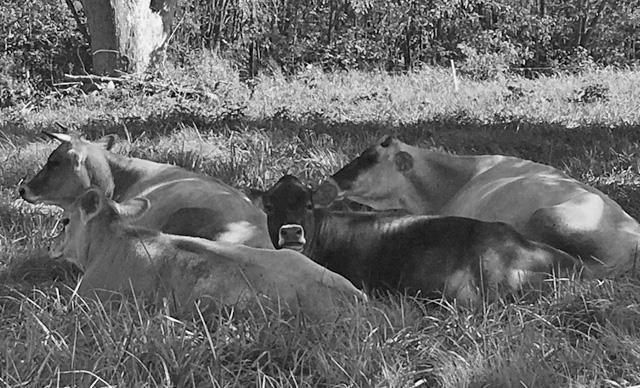
1. Published privately in England in 1939, during the Second World War, this book has long been out-of-print, but is available online. 2. Sefer Yetzirah is a primary text in Jewish esotericism or Kabbalah. See Sefer Yetzirah: The Book of Creation in Theory and Practice, Aryeh Kaplan (Foreword), Cork: Red Wheel Weiser, 2004. 3. Dion Fortune (1890-1946) was an English Theosophist and author. 4. The “Tree of Life” is a key diagramatic concept in Jewish esotericism. For a picture of how the biodynamic preparations could be seen as corresponding to the ten Sephirot of the Tree of Life, see Philip’s article in Biodynamics, no. 292, Summer 2018.
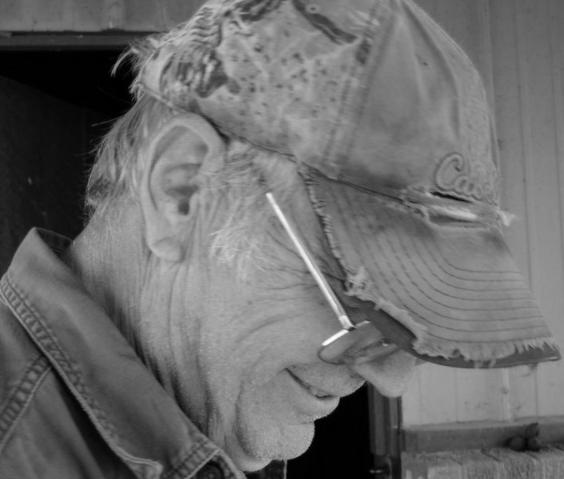
Philip Lyvers runs Lyvers Farm, Inc., a large-scale grain and hog operation in Loretto, Kentucky. Lyvers Farm is an operation of conventional design and size that has implemented biodynamic practices. Philip has operated the family farm for over forty years. They raise 9,000 market hogs a year and crop 450 acres using no purchased fertilizer. The farm organism of 2,000 acres includes woodlands, wildlife management, and the home farm and gardens, with diversified small-scale livestock, fruit, vegetable, herbs, and flowers.
BARREL COMPOST
With Su Hoskin May 7, 7:00-8:30 pm ET
ANIMAL HUSBANDRY AND COMPOSTING
With Marney Blair July 24, 7:00-8:30 pm ET
BIODYNAMIC RESEARCH
With Uli Johannes Konig June 5, 1:00-2:30 pm ET
BIODYNAMIC PRINCIPLES AND PRACTICES
(FREE) With Thea Maria Carlson August 13, 7:00-8:30 pm ET

BIODYNAMICS.COM/WEBINARS

POINTS WINE & SPIRITS Our 3 Mendocino County ranches (Blue Heron, McNab and Butler) are certified Biodynamic® by Demeter and are reviewed annually to ensure that each adheres to the Demeter Farm Standard. Look for our single-vineyard wines grown on these special farms for a taste of the inherent quality and vitality of Biodynamic® farming.
